I for one am always working 24/7, so any kind of adventure is something I welcome, especially with the warm breeze and excitement that summer has to offer. Over the
4th of July Weekend Glenny and took a nice drive to Kutztown for the Kutztown Folk Festival, filled with hundreds of festival tents lined with a variety of artful wares from talented craftsman, not mention vintage artifacts such as old cars from the 1920's, steam engines, wheels,
For this post on the festival I wanted to share with you the gorgeous vintage machinery and dazzling Pennsylvania Hex signs which adorned the fair grounds, in the next post I will share with you the other interior photos of the festival.
Today, artfully painted octagonal or hexagonal star-like patterns are a well-known sight on Pennsylvania Dutch barns in central and eastern Pennsylvania, especially in Berks County, Lancaster County and Lehigh County. However, the modern decoration of barns is a late development in Pennsylvania Dutch folk art. Prior to the 1830s, the cost of paint meant that most barns were unpainted. As paint became affordable, the Pennsylvania Dutch began to decorate their barns much like they decorated items in their homes. Barn decorating reached its peak in the early 20th century, at which time there were many artists who specialized in barn decorating. Drawn from a large repertoire of folk designs, barn painters combined many elements in their decorations. The geometric patterns of quilts can easily be seen in the patterns of many hex signs. Hearts and tulips seen on barns are commonly found on elaborately lettered and decorated birth, baptism and marriage certificates known as Fraktur. -wikipedia.org
Since the early 18th century steam power has been set to a variety of practical uses. At first it was applied to reciprocating pumps, but from the 1780s rotative engines (i.e. those converting reciprocating motion into rotary motion) began to appear, driving factory machinery. At the turn of the 19th century, steam-powered transport on both sea and land began to make its appearance becoming ever more dominant as the century progressed.
Steam engines can be said to have been the moving force behind the Industrial Revolution and saw widespread commercial use driving machinery in factories and mills, powering pumping stations and transport appliances such as railway locomotives, ships and road vehicles. Their use in agriculture led to an increase in the land available for cultivation.
Very low power engines are used to power models and speciality applications such as the steam clock.
The presence of several phases between heat source and power delivery has meant that it has always been difficult to obtain a power-to-weight ratio anywhere near that obtainable from internal combustion engines; notably this has made steam aircraft extremely rare. Similar considerations have meant that for small and medium-scale applications steam has been largely superseded by internal combustion engines or electric motors, which has given the steam engine an out-dated image. However it is important to remember that the power supplied to the electric grid is predominantly generated using steam turbine plant, so that indirectly the world's industry is still dependent on steam power. Recent concerns about fuel sources and pollution have incited a renewed interest in steam both as a component of cogeneration processes and as a prime mover. This is becoming known as the Advanced Steam movement.
Steam engines can be classified by their application:
Stationary applications
Stationary steam engines can be classified into two main types:
Winding engines, rolling mill engines, steam donkeys, marine engines, and similar applications which need to frequently stop and reverse.
Engines providing power, which rarely stop and do not need to reverse. These include engines used in thermal power stations and those that were used in pumping stations, mills, factories and to power cable railways and cable tramways before the widespread use of electric power.
The steam donkey is technically a stationary engine but is mounted on skids to be semi-portable. It is designed for logging use and can drag itself to a new location. Having secured the winch cable to a sturdy tree at the desired destination, the machine will move towards the anchor point as the cable is winched in.
A portable engine is a stationary engine mounted on wheels so that it may be towed to a work-site by horses or a traction engine, rather than being fixed in a single location. -wikipedia.org
The vintage Cars:
For more information on the Kutztown Folk Festival Visit:
http://www.kutztownfestival.com











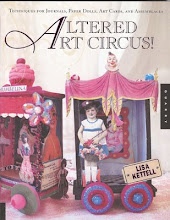


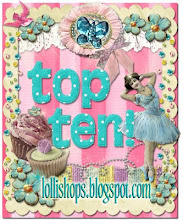
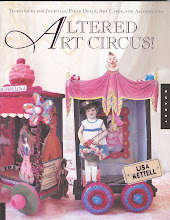
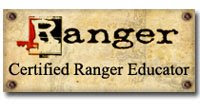



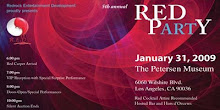

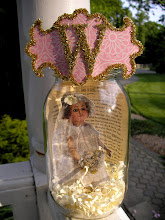


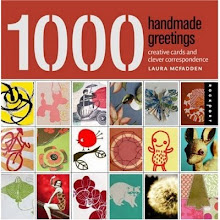





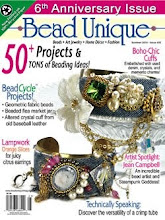
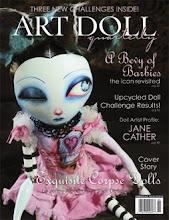

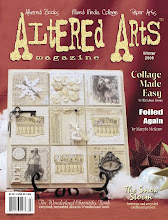
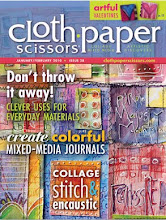
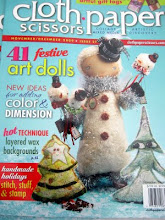


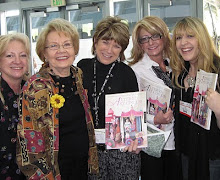















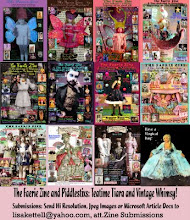






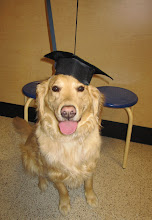

7 comments:
That looks like a lot of fun! Thanks for sharing the fabulosu photos! :)
Lisa -
Looks as if you had a wonderful time? Thanks for the photos and all the information. I also wanted to say thanks for my order. I just got the mail and my Variety CD and the Piddlestix's: Teatime Tiara's and Vintage Whimsy CD were there. Lovely, lovely! And thank you for the goodies you included, loved the feathers and the book pages. I even saved the paper you wrapped the CD's in! So very pretty, it was like an extra gift. Now I am off to play!!
Thanks
Elaine Allen
Hi Lisa! looks like a great place to visit and like you had a good time.
Also, love the art in your last post!
hope you have a fab weekend!
hugs
vivian
Thanks so much everyone! So glad you all come by to visit the artful magic!
magic and joy!
xoxo!
Lisa!
Lisa, I love the perspective that you bring to everything you see. You obviously have a creative mind. Thanks for sharing. Have a lovely day. Valarie
Hello Lisa,Thank you so much for sharing these wonderful machines ans signs.Its truely been magical to me.I have always loved the old tractors and seam engines.My mother inlaw has one of the earlest tractors in her barn.Its really a wonder.
XXOO Marie Antionette
Hello Lisa!
I wanted to let you know that we are hosting a Wonderful Wizard of OZ Gala!
I know your a busy lady so if you to busy then that's fine. I just wanted to let you know.
Lindsey
Post a Comment